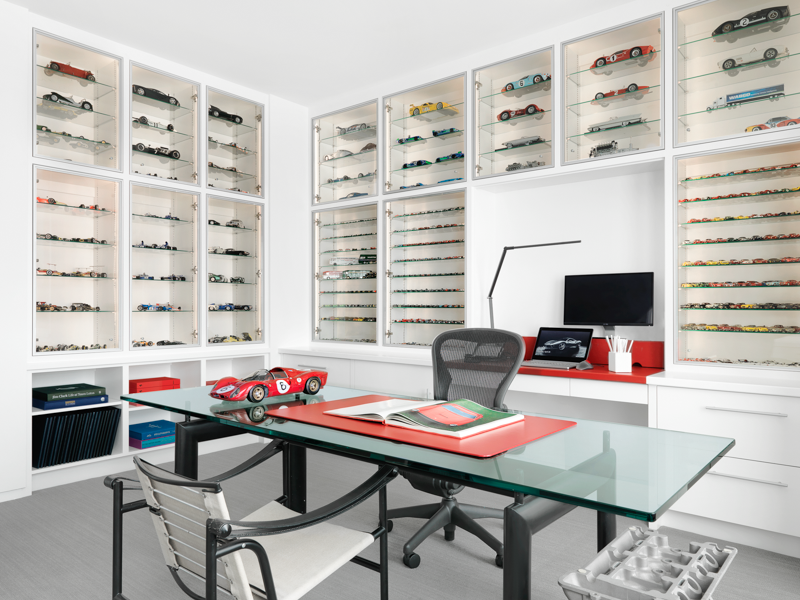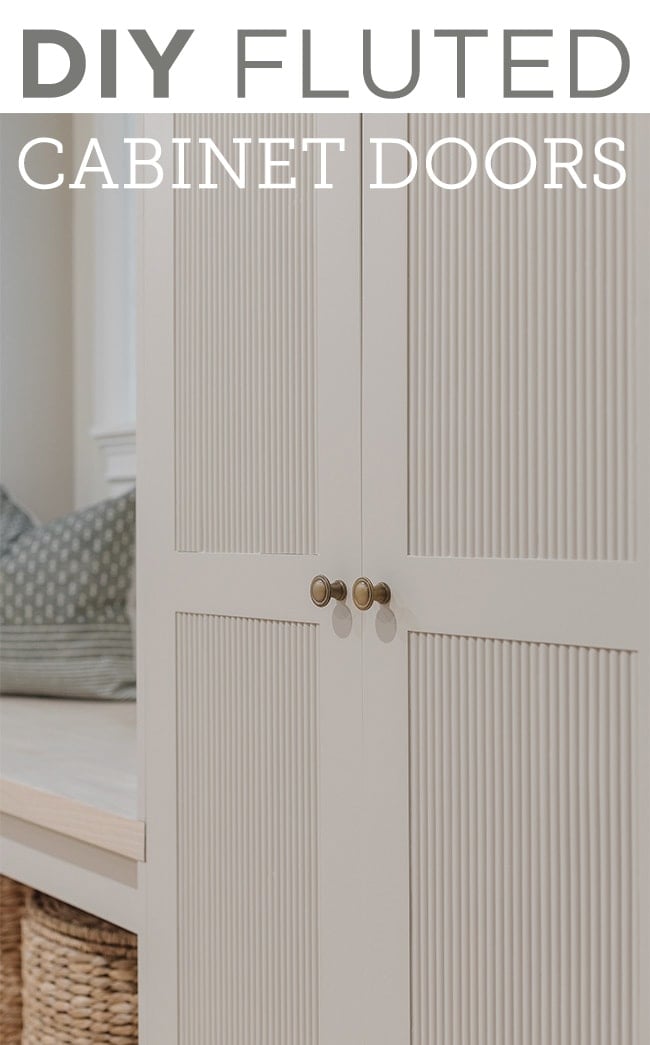All Categories
Featured
The ideal choice of materials can significantly impact your gateway's looks, resilience, and capability. Below's an overview to selecting the finest materials for your custom-made entrance entrance.
Wood entrances show warmth and natural charm, making them a preferred option for conventional and rustic designs.
Pros:
Aesthetic Appeal: Offers a timeless, elegant appearance that complements a selection of building designs.
Adjustable: Can be tarnished, painted, or sculpted to accomplish a special design.
Eco-Friendly: Lasting alternatives like reclaimed wood reduce ecological influence.
Disadvantages:
Upkeep: Requires routine staining or sealing to safeguard against weather condition and insects.
Longevity: May warp, crack, or rot over time without proper care.
![]()
Steel gateways are celebrated for their durability and capability to fit complex styles.
Pros:
Resilience: Immune to tear and use, making it ideal for high-traffic areas.
![]()
Design Flexibility: Suitable for both conventional wrought iron designs and modern-day, streamlined designs.
Low Upkeep: Requires very little upkeep with appropriate coverings to stop corrosion.
Cons:
Price: Top quality metals like wrought iron or stainless steel can be expensive.
Heat Retention: May end up being warm to the touch in direct sunshine.
Aluminum is an affordable option to larger metals, using a modern-day appearance with reduced upkeep.
Pros:
Corrosion-Resistant: Perfect for areas with high moisture or seaside climates.
Lightweight: Easier to run and install contrasted to various other steels.
Affordable: Offers a sleek look at a reduced cost.
![]()
Disadvantages:
Stamina: Much less long lasting than larger metals like steel or iron.
Limited Personalization: Not as versatile for elaborate designs.
Plastic gates are recognized for their price and simplicity of upkeep, making them a sensible option for several homeowners.
Pros:
Low Maintenance: Immune to weather, pests, and UV rays.
Affordable: Economical in advance and gradually as a result of minimal upkeep.
Variety: Available in a variety of designs and colors.
Disadvantages:
Sturdiness: Less durable than timber or steel and can split in severe temperatures.
Appearance: Lacks the natural appearance of wood or the refinement of steel.
Compound gates integrate timber fibers with plastic or resin to create a appealing and long lasting choice.
Pros:
Resilience: Resistant to rot, warping, and pests.
Reduced Upkeep: Doesn't require paint or staining.
Eco-Friendly: Frequently made from recycled products.
Cons:
Expense: A lot more expensive than traditional timber or plastic.
Appearance: May lack the credibility of natural timber.
Secret Considerations When Picking Materials
Environment: Take into consideration just how the product will certainly perform in your local weather. Metal is suitable for durability, while plastic functions well in damp settings.
Maintenance: Pick a material that fits your way of life and determination to keep it in time.
Design: Guarantee the product straightens with your home's building layout and personal taste.
Spending Plan: Consider both ahead of time costs and long-term expenses for repair and maintenance.
Last Ideas
Choosing the best material for your custom entrance entrance is a vital action in creating a visually enticing and useful entry to your residential property. Whether you prioritize the timeless charm of wood, the strength of steel, or the functionality of vinyl, there's a product to match your requirements. By stabilizing visual appeals, longevity, and cost, you can develop a customized entrance that enhances your home's aesthetic appeal while standing the examination of time.
- Timber: Timeless Elegance
Wood entrances show warmth and natural charm, making them a preferred option for conventional and rustic designs.
Pros:
Aesthetic Appeal: Offers a timeless, elegant appearance that complements a selection of building designs.
Adjustable: Can be tarnished, painted, or sculpted to accomplish a special design.
Eco-Friendly: Lasting alternatives like reclaimed wood reduce ecological influence.
Disadvantages:
Upkeep: Requires routine staining or sealing to safeguard against weather condition and insects.
Longevity: May warp, crack, or rot over time without proper care.
- Metal: Toughness and Versatility

Steel gateways are celebrated for their durability and capability to fit complex styles.
Pros:
Resilience: Immune to tear and use, making it ideal for high-traffic areas.

Design Flexibility: Suitable for both conventional wrought iron designs and modern-day, streamlined designs.
Low Upkeep: Requires very little upkeep with appropriate coverings to stop corrosion.
Cons:
Price: Top quality metals like wrought iron or stainless steel can be expensive.
Heat Retention: May end up being warm to the touch in direct sunshine.
- Aluminum: Lightweight and Inexpensive
Aluminum is an affordable option to larger metals, using a modern-day appearance with reduced upkeep.
Pros:
Corrosion-Resistant: Perfect for areas with high moisture or seaside climates.
Lightweight: Easier to run and install contrasted to various other steels.
Affordable: Offers a sleek look at a reduced cost.

Disadvantages:
Stamina: Much less long lasting than larger metals like steel or iron.
Limited Personalization: Not as versatile for elaborate designs.
- Vinyl: Practical and Budget-Friendly
Plastic gates are recognized for their price and simplicity of upkeep, making them a sensible option for several homeowners.
Pros:
Low Maintenance: Immune to weather, pests, and UV rays.
Affordable: Economical in advance and gradually as a result of minimal upkeep.
Variety: Available in a variety of designs and colors.
Disadvantages:
Sturdiness: Less durable than timber or steel and can split in severe temperatures.
Appearance: Lacks the natural appearance of wood or the refinement of steel.
- Composite Materials: The Most Effective of Both Worlds
Compound gates integrate timber fibers with plastic or resin to create a appealing and long lasting choice.
Pros:
Resilience: Resistant to rot, warping, and pests.
Reduced Upkeep: Doesn't require paint or staining.
Eco-Friendly: Frequently made from recycled products.
Cons:
Expense: A lot more expensive than traditional timber or plastic.
Appearance: May lack the credibility of natural timber.
Secret Considerations When Picking Materials
Environment: Take into consideration just how the product will certainly perform in your local weather. Metal is suitable for durability, while plastic functions well in damp settings.
Maintenance: Pick a material that fits your way of life and determination to keep it in time.
Design: Guarantee the product straightens with your home's building layout and personal taste.
Spending Plan: Consider both ahead of time costs and long-term expenses for repair and maintenance.
Last Ideas
Choosing the best material for your custom entrance entrance is a vital action in creating a visually enticing and useful entry to your residential property. Whether you prioritize the timeless charm of wood, the strength of steel, or the functionality of vinyl, there's a product to match your requirements. By stabilizing visual appeals, longevity, and cost, you can develop a customized entrance that enhances your home's aesthetic appeal while standing the examination of time.
Latest Posts
Sturdy, Energy-Efficient Roof Coatings for Industrial Buildings
Published Apr 05, 25
1 min read
Full Circle Strategic Marketing - Social Media Strategies That Grows Your Audience
Published Apr 05, 25
2 min read
The A Touch of Green Layout Refine: A Personalized Outside Experience
Published Apr 05, 25
1 min read
More
Latest Posts
Sturdy, Energy-Efficient Roof Coatings for Industrial Buildings
Published Apr 05, 25
1 min read
Full Circle Strategic Marketing - Social Media Strategies That Grows Your Audience
Published Apr 05, 25
2 min read
The A Touch of Green Layout Refine: A Personalized Outside Experience
Published Apr 05, 25
1 min read